Discover the 10 most impressive ancient Inca ruins that showcase the architectural prowess and cultural heritage of the Inca civilization. From the majestic Machu Picchu to the enigmatic Sacsayhuamán, these ruins will leave you in awe.
Introduction:
The Inca civilization, known for its remarkable architectural achievements, left behind a legacy of awe-inspiring ruins that continue to captivate visitors from around the world. In this article, we will explore the 10 most impressive ancient Inca ruins, each with its own unique history and architectural marvels. From the iconic Machu Picchu to the lesser-known treasures, let’s embark on a journey through time and uncover the wonders of the Inca Empire.
1. Machu Picchu: The Crown Jewel of Inca Ruins
Nestled high in the Andes Mountains of Peru, Machu Picchu stands as a testament to the ingenuity and engineering brilliance of the Incas. This ancient citadel, often referred to as the “Lost City of the Incas,” offers breathtaking panoramic views and a sense of mystery that continues to intrigue archaeologists and visitors alike.
2. Sacsayhuamán: The Fortress in the Sky
Perched above the city of Cusco, Sacsayhuamán showcases the incredible stone masonry skills of the Inca civilization. Its massive walls, built with precision-cut stones weighing several tons each, fit together seamlessly without the use of mortar. The sheer scale and architectural prowess of Sacsayhuamán leave visitors in awe of this ancient fortress.
3. Ollantaytambo: The Living Inca Town
Ollantaytambo, located in the Sacred Valley of Peru, is not just a collection of ruins but a living testament to Inca urban planning. This town features perfectly preserved stone streets, agricultural terraces, and ancient temples. It offers a unique glimpse into the daily life of the Incas and their remarkable urban infrastructure.
4. Pisac: The Inca Complex in the Clouds
Perched high on a mountain ridge, the ruins of Pisac command a stunning view of the Urubamba Valley. Its terraced agricultural fields, intricate stone carvings, and ceremonial structures make it a must-visit site for those interested in Inca history and culture.
5. Choquequirao: The Sister City of Machu Picchu
Often referred to as the “Sacred Sister” of Machu Picchu, Choquequirao remains shrouded in mystery and intrigue. This remote archaeological site is accessible only by foot and offers a more adventurous alternative to its famous counterpart. With its sprawling terraces and intricate stone structures, Choquequirao is a hidden gem for intrepid explorers.
6. Moray: The Agricultural Laboratory
Nestled in the Sacred Valley, the circular terraces of Moray have puzzled archaeologists for centuries. Believed to have served as an agricultural laboratory, these concentric terraces feature microclimates that allowed the Incas to experiment with different crops at varying altitudes. The ingenuity and scientific knowledge displayed at Moray are truly impressive.
7. Tipón: The Engineering Marvel
Tipón showcases the Inca’s advanced hydraulic engineering skills. This ancient site features a series of terraces, fountains, and canals that still function to this day. The precision and complexity of the water management system at Tipón is a testament to the Inca’s understanding of hydraulic principles.
8. Raqchi: The Temple of Wiracocha
Raqchi, located in the southern highlands of Peru, houses the impressive Temple of Wiracocha. This monumental structure, dedicated to the creator deity of the Inca civilization, stands as a testament to the Inca’s religious beliefs and their architectural grandeur.
9. Huánuco Pampa: The Ruins of the Incas
Huánuco Pampa, once a bustling administrative and ceremonial center, offers a glimpse into the political and social organization of the Inca Empire. The extensive ruins, including terraces, temples, and plazas, provide insights into the Inca’s governance and architectural prowess.
10. Ingapirca: The Jewel of Ecuador
Situated in the highlands of Ecuador, Ingapirca is the country’s most significant Inca site. The Temple of the Sun, with its carefully constructed stone walls and astronomical alignments, is a testament to the Inca’s reverence for celestial bodies and their mastery of architectural techniques.
Conclusion:
The 10 most impressive ancient Inca ruins offer a glimpse into the remarkable achievements of the Inca civilization. From the awe-inspiring Machu Picchu to the lesser-known gems like Tipón and Raqchi, each site showcases the Inca’s architectural prowess, engineering skills, and cultural heritage. Exploring these ruins allows us to connect with the past, appreciate the ingenuity of the Incas, and gain a deeper understanding of their rich and vibrant history.
Frequently Asked Questions (FAQs):
1. What is the significance of the Inca ruins?
The Inca ruins hold immense historical and cultural significance as they provide a window into the sophisticated architectural and engineering skills of the Inca civilization. They also offer insights into the religious, social, and political aspects of Inca society.
2. How were the Inca ruins built?
The Inca ruins were built using an intricate system of stone masonry, with massive stones fitted together without the use of mortar. The precision of their construction, especially in sites like Machu Picchu and Sacsayhuamán, is a testament to the Inca’s engineering expertise.
3. Can I visit all of the Inca ruins?
While some Inca ruins, such as Machu Picchu, are easily accessible and popular tourist destinations, others may require more effort and planning to reach. It’s advisable to research and plan your visits in advance, considering factors like accessibility, permits, and local guidance.
4. Are the Inca ruins protected?
Yes, the Inca ruins are protected as UNESCO World Heritage Sites. They are preserved and managed to ensure their long-term conservation and to allow future generations to appreciate and learn from these remarkable cultural landmarks.
5. What is the best time to visit the Inca ruins?
The best time to visit the Inca ruins is during the dry season, which typically runs from May to September. This period offers more stable weather conditions and clearer views of the surrounding landscapes.
6. Are guided tours available at the Inca ruins?
Yes, guided tours are available at most Inca ruins, providing valuable insights into their history, architecture, and cultural significance. Knowledgeable guides can enhance your experience and help unravel the mysteries of these ancient sites.
So, pack your bags, immerse yourself in the wonders of the Inca Empire, and let these ancient ruins transport you to a bygone era of greatness.

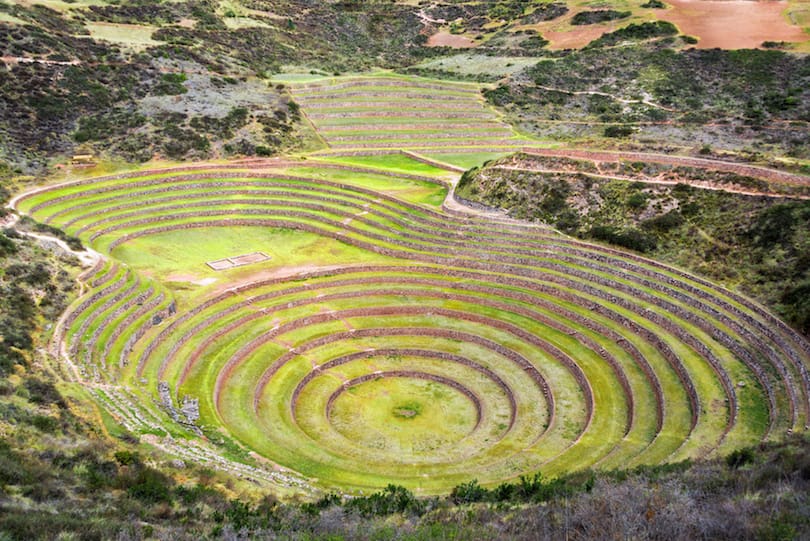

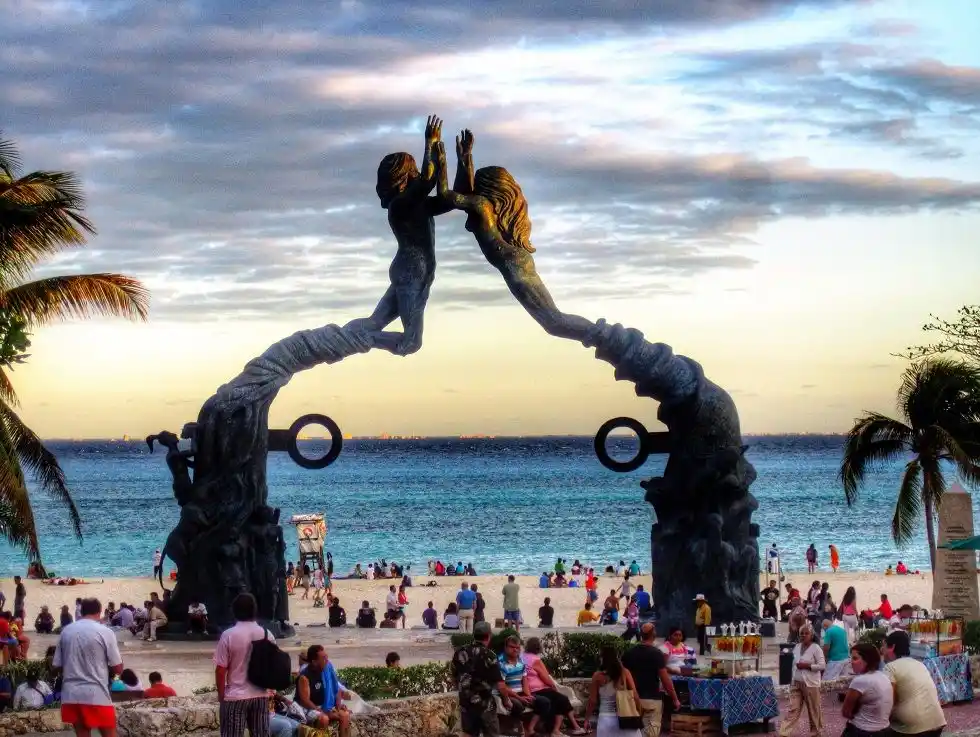

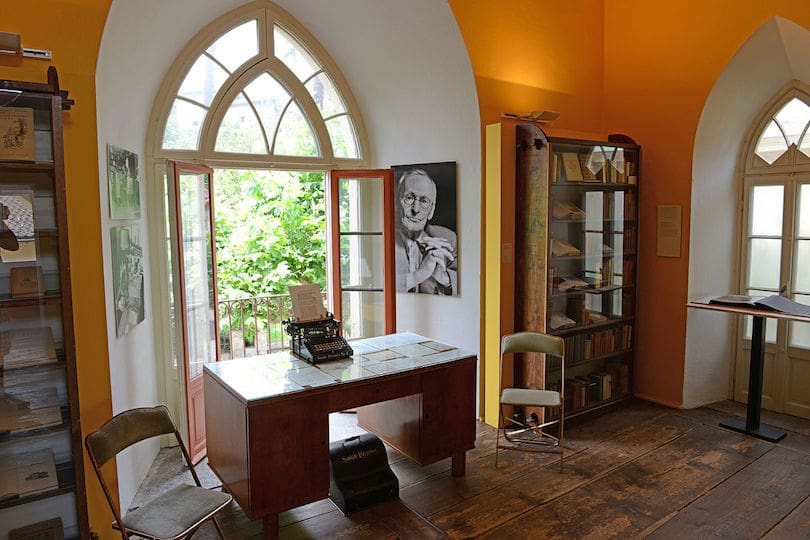

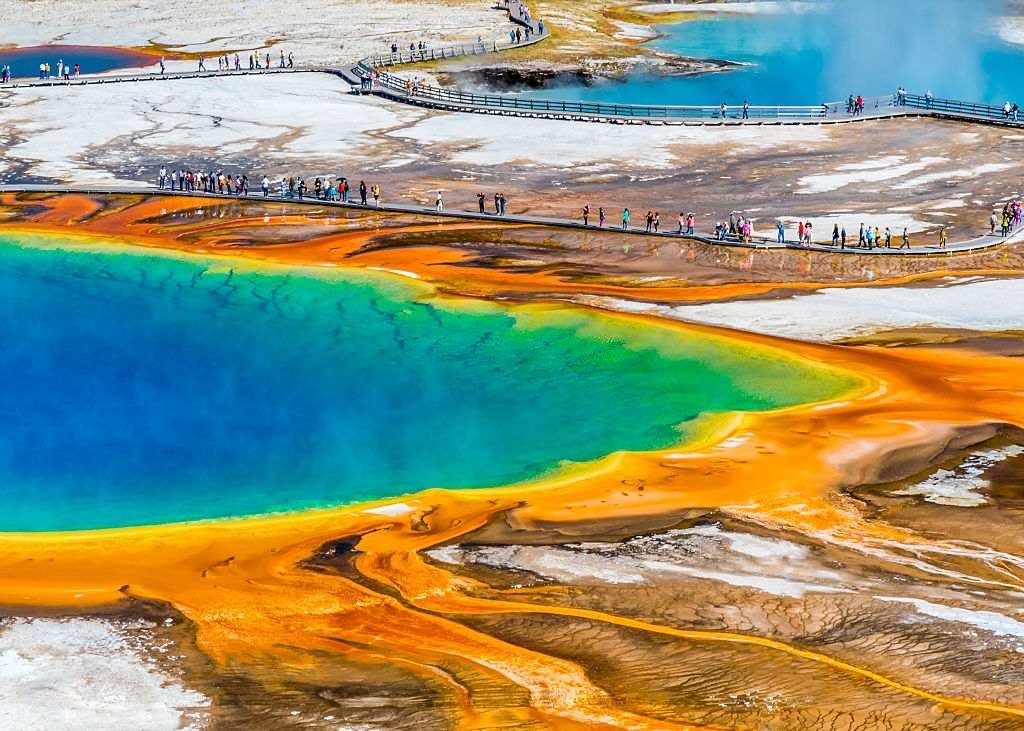


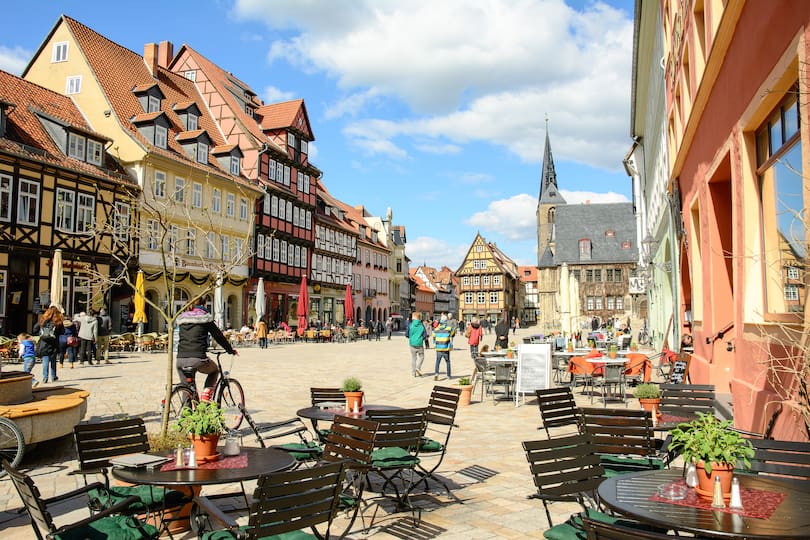
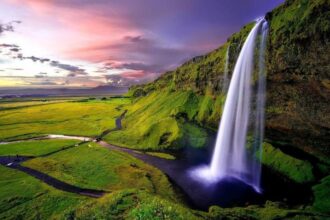


You are my aspiration, I possess few web logs and often run out from to brand : (.
me encantei com este site. Para saber mais detalhes acesse o site e descubra mais. Todas as informações contidas são informações relevantes e diferentes. Tudo que você precisa saber está está lá.
I like the valuable info you provide in your articles. I’ll bookmark your weblog and check again here regularly. I am quite sure I will learn lots of new stuff right here! Best of luck for the next!
Howdy! This is my first visit to your blog! We are a collection of volunteers and starting a new initiative in a community in the same niche. Your blog provided us beneficial information to work on. You have done a marvellous job!
buy amoxil tablets – https://combamoxi.com/ amoxicillin brand